MOON PHASE NAJIA 月相纳甲Continue from HERE...
One theory of NaJia is based on Moon Phase 月相. Meaning the point of observation in from earth, Geocentric.
Kun Qian Kan Li are all 1,9,7,3 therefore Yang - Early Heaven Numbers. Zhen Dui Xun Gen are all 8, 4, 2, 6 therefore Yin - Later Heaven Numbers. Points to note:
ONE GUA CONNECTS QI, NAJIA ONE QI - 一挂同气, 纳甲一气 Based on the principle above, two postulations are derived: -
Points to note:Based on these postulations above, one obtain YinYang of the Earth Plate for the SanHe LuoPan. CRITICISMSome quarters believed that such YinYang of the Earth Plate are wrong. The critics are from both YangGong and SanYuan school. Their arguments, among others, are as the followings: -
Questions - Do you know what is the correct postulation of NaJia?
0 Comments
Adopted from the translation by Thomas F. Aylward of the JieJi BianFang Shu 协纪辨方书... This section discusses two issues: the associations of the NaYin with the 60 JiaZi pairs and the pairs' poetic names.' The compilers explain the musical-note associations by quoting a long passage written by the Famous Song dynasty Confucian scholar, Zhu Xi (1130-1200 CE). The explanation provided by Zhu Xi adds little to what has been said above, aside from his point about the WuXin correlate of the NaYin being the process produced by the process of the musical note in question. The five traditional Chinese musical notes were associated with the WuXin as follows: 1. Palace Note (gong) — earth, 2. Exchange Note (shang) — metal, 3. Horn Note (jue) — wood, 4. Summoning Note (zhi) — fire, and 5. Feather Note (yu) — water. The explanations of the 'poetic' names of the NaYin were penned by an early-Ming dynasty (late-fourteenth century) scholar named Tao Zongyi. These explanations draw heavily on the twelve-stage life-cycle principle. The reasoning is, however, highly erratic. At times, the author bases his justifications on the WuXin 1. correlate of the branch, 2. at other times on that of the stem, 3. and at still other times on that of a related trigram. Clearly, the NaYin WuXin correlates and their poetic names do not derive systematically from the stems or branches of the 60 JiaZi pairs, but the author felt a need to demonstrate that they do. It is noteworthy that the compilers of the Treatise could not locate another better-known or older reference to these poetic names, which suggests that the system was neither very old nor of great significance. Zhu Xi said, `The musical sounds are earth, metal, wood, fire, and water. In the Great Plan, these are water, fire, wood, metal, and earth. The NaYIn system takes each of the sixty stem-branch pairs and matches it with one of the WuYin. The process to which the WuYin gives birth serves as the musical note that the stem-branch pair receives.
Before we proceed any further with HuangDi ZhaiJing, it is important to have a good grounding on WuYin - The Five Pentatonic Notes, the very foundation of NaYin 5 elements 納音五行.
WuYin’s element 五音 is connected through the Stems via its combination and transformation as in cosmology and astrology. Stems is used to decode their related musical scale to forecast the weather patterns and their effects on the human body.
The Branches are associated with LuLu 律呂, the pitch-pipe, a standardized twelve-pitch scale. Unique to ancient Chinese music, this chromatic scale is a series of fundamental notes. The scale uses the same intervals as the Pythagorean scale based on 2:3 ratios (the golden section). Such represents how Qi moves in nature. The Yellow Emperor’s Court musician LingLun伶倫 discovered Lulu律呂 by placing twelve different sized pitch-pipes, with 2:3 ratios, filled with reed ash and buried one side underground at the foot of Kunlun Mountain. Every month, the earthly seasonal Qi would blow ash from one of the pipes and would make a special musical sound. LingLun伶倫 recorded the sounds and gave them different names such as: - 1. HuangZhong, 黃鐘 2. DaLu, 大呂 3. TaiCu, 太簇 4. JiaZhong, 夹钟 5. GuXian, 姑洗 6. ZhongLu, 仲呂 7. RuiBin, 蘿賓 8. LinZhong, 林鐘 9. YiZe, 夷则 10. NanLu, 南呂 11. WuYi, 無射 12. YingZhong 应钟 These are the twelve notes of LuLu律呂. Each note of LuLu律呂 describes the quality of Qi of the twelve months in the annual cycle. LuLu律呂 is also used to illustrate the daily rhythm of the twelve bi-hours of the Chinese clock. Within the human body, these same twelve LuLu律呂 exist as the twelve main acupuncture meridians. The relationships between each Branch, its LuLu律呂 and associated meridian are connected. In other words, LuLu律呂 measures the seasonal Earth Qi. WuYin’s element 五音 undergone another transformation to produce NaYin 納音五行, due to the stem branch interaction. These are: -
1. Gong宫 Earth, produces Metal NaYin 納音五行 2. Shang商 Metal, produces Water NaYin 納音五行 3. Jiao角 Wood, produces Fire NaYin 納音五行 4. Zhi徵 Fire, produces Earth NaYin 納音五行 5. Yu羽 Water, produces Wood NaYin 納音五行 There are 60 stem-branch interaction called JiaZi, which is also the Sexagenary Cycle of the GanZhi, resulting in 30 pairs of NaYin 納音五行. Such is commonly used to measure the yearly energy pattern of nature. In SanHe and SanYuan FengShui, the use of the Sexagenary Cycle as the basic unit of Qi and to characterize the different quality of Qi of the natural or living environment is annex to WuYin 五音 passing through the earth medium produces the “ultrasonic” vibration called NaYin 納音五行. We shall talk about NaYin and its application in SanYuanDaGua some other times. |
Archives
January 2022
Categories
All
|
- Home
- About
-
Practice
-
DYA + C
-
Consultant
-
Educator
- Author I am...
- Speaking Engagement >
- Attempting Law School
- Journey in USM(Arch) >
- Discourse in Studio 6 >
-
d:KON 4
>
- Actors >
-
Acts
>
- Portraiture
- A Slice of Space Time
- Box of Installation of Lights
- Radio Misreading
- Grid of Destinies
- Shelter
- Anatomy of Pain
- Tensigrity of Ego
- Of Prisons and Walls
- Forest of Nails
- Curtain of Fears
- Dissolution of the Ego
- If it's Ain't Broken it's Ain't Worth Mending
- Flight of Freedom
- Cross of Complexity and Contradiction
- interrogation
- Stage >
- Play
- Approach
- Galleria >
- External Critique >
- Philosophy
- Codes Regulations & Standards >
- Photo Essays
- Contact


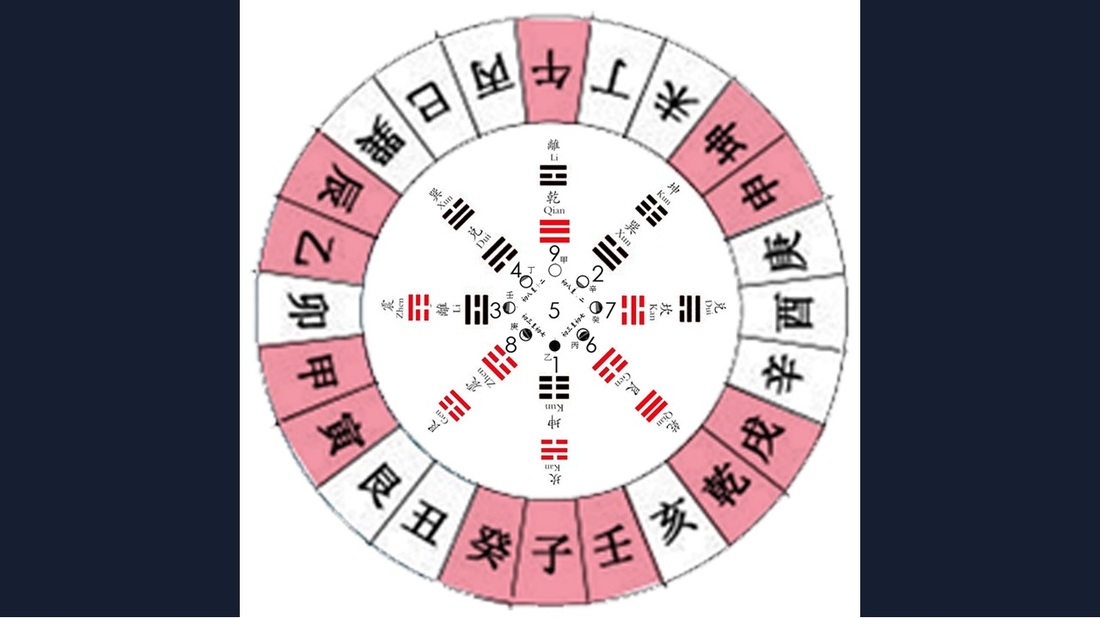
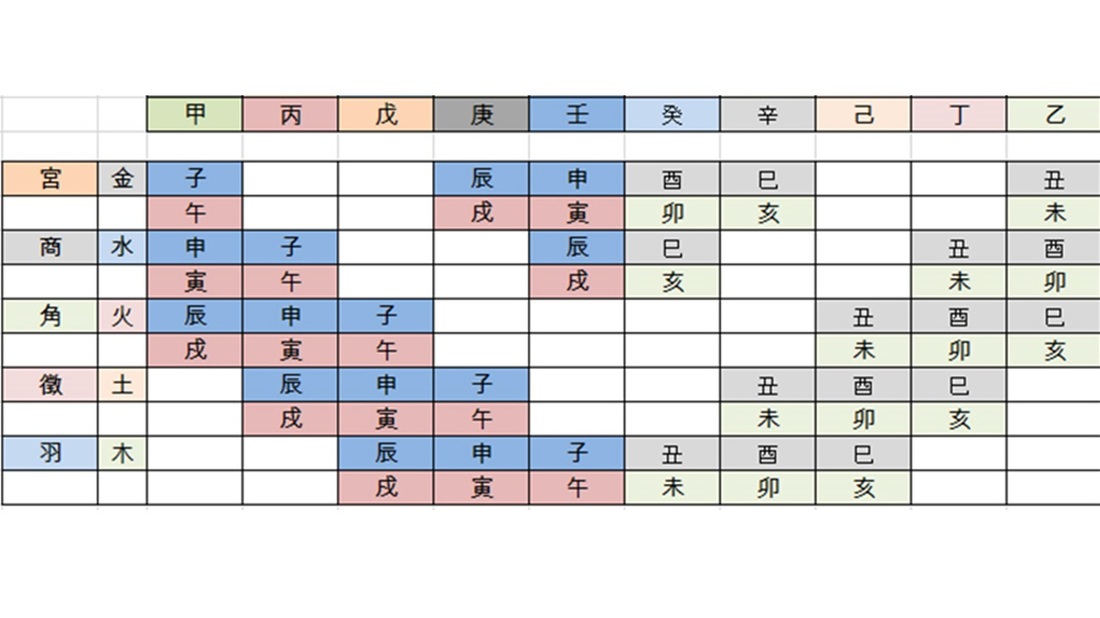
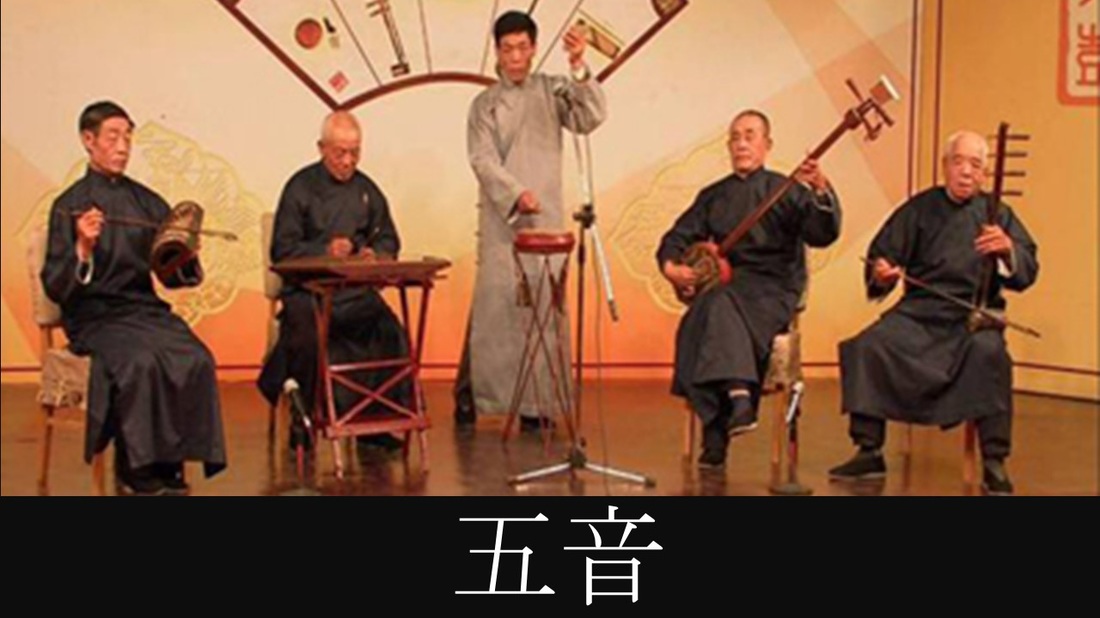
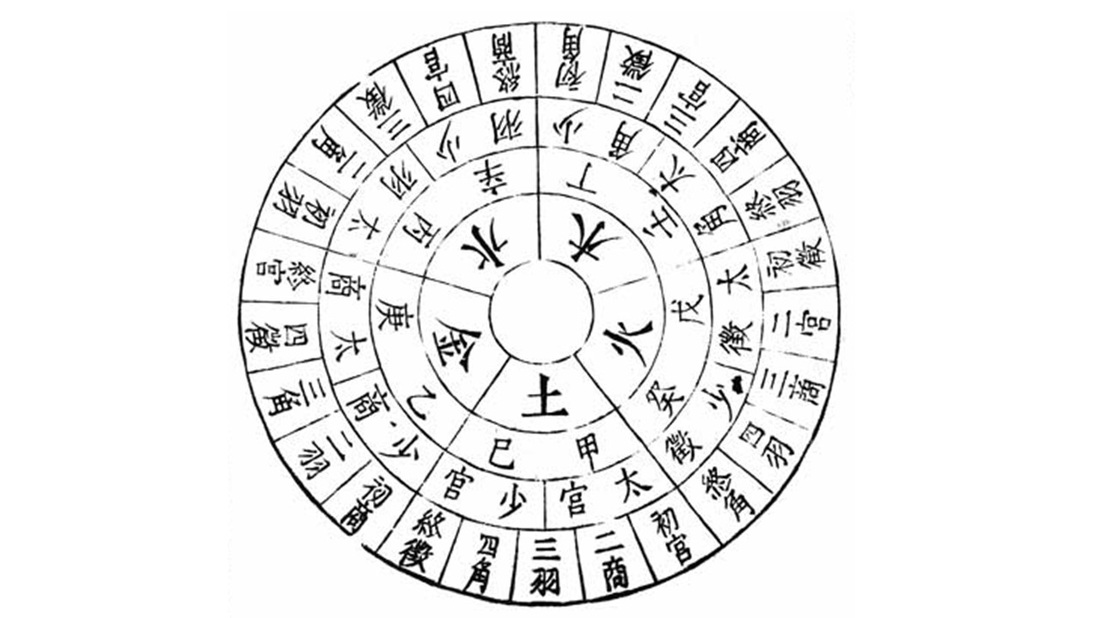
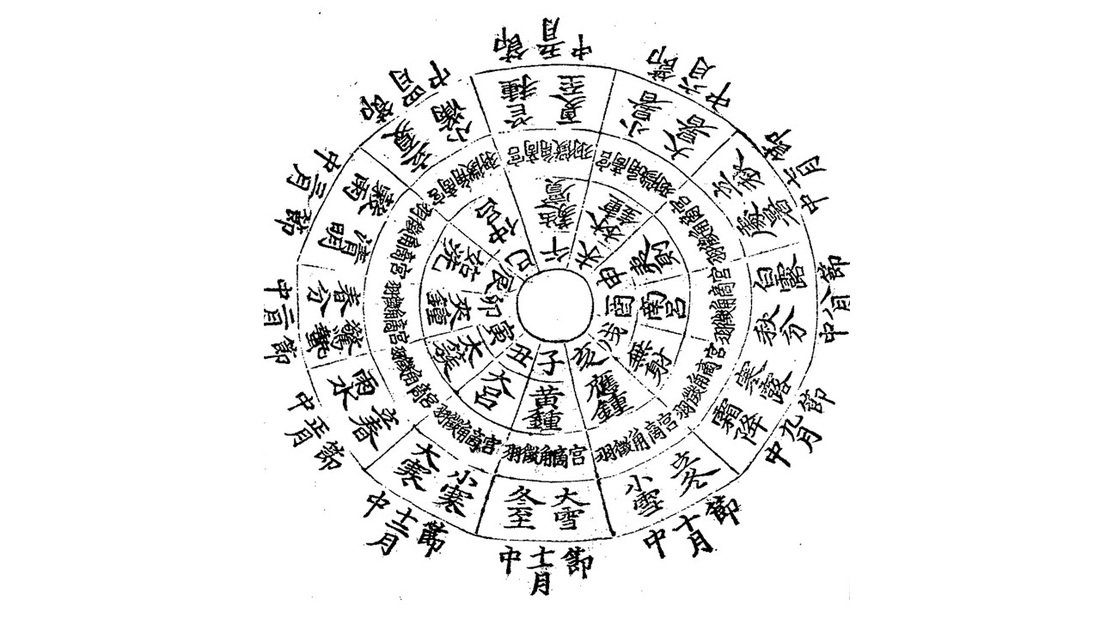
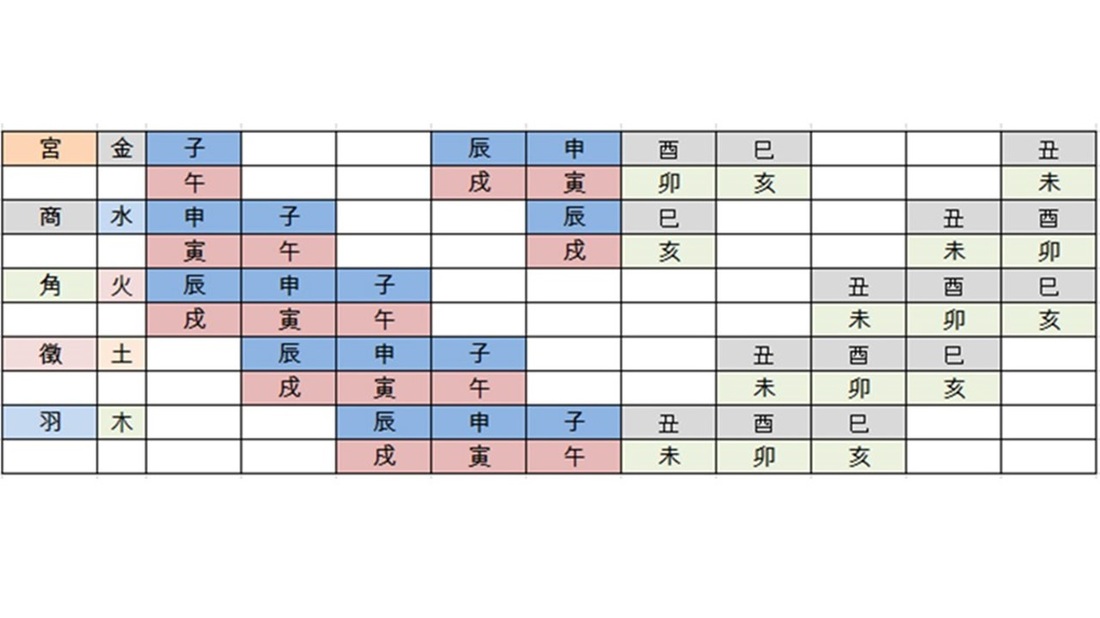

 RSS Feed
RSS Feed
